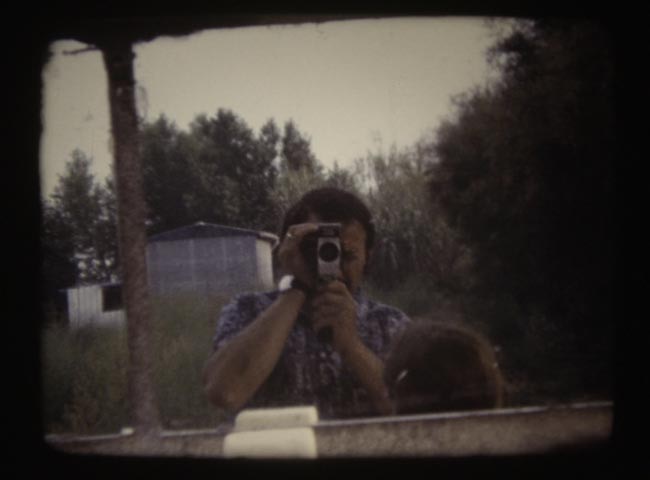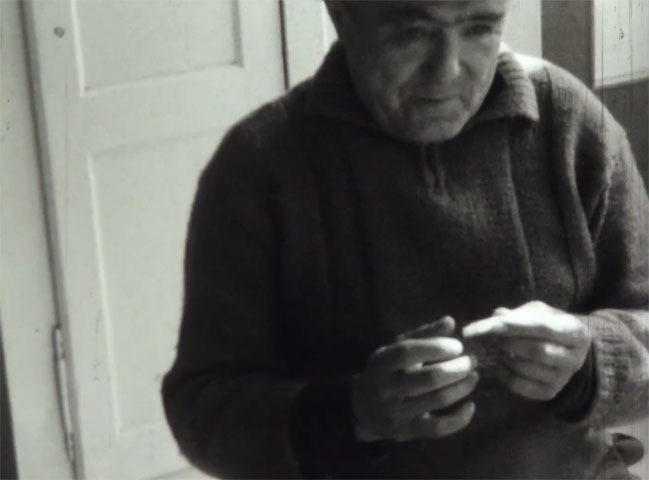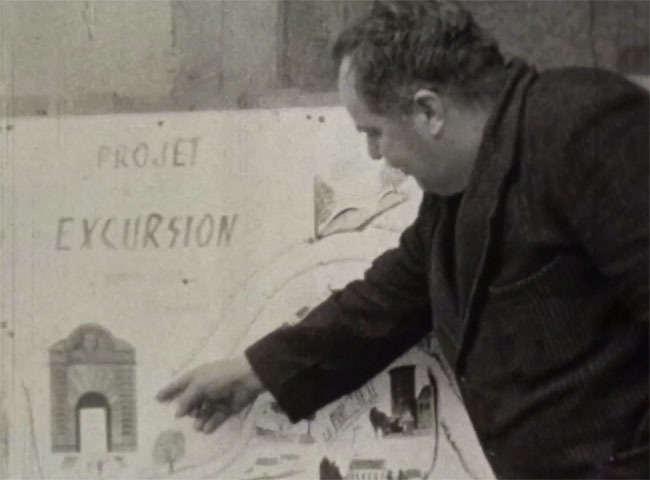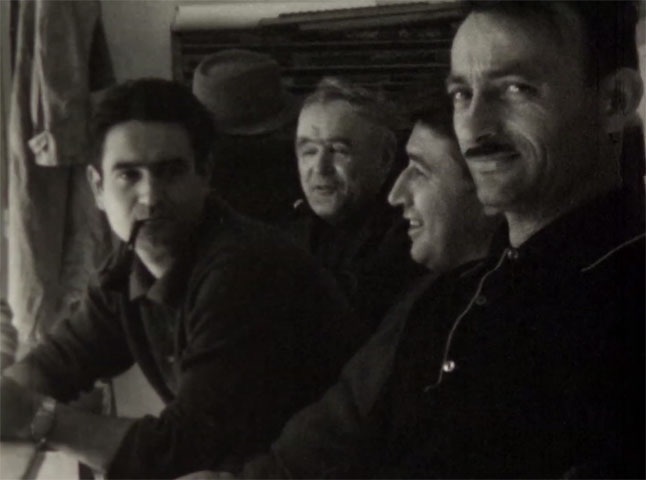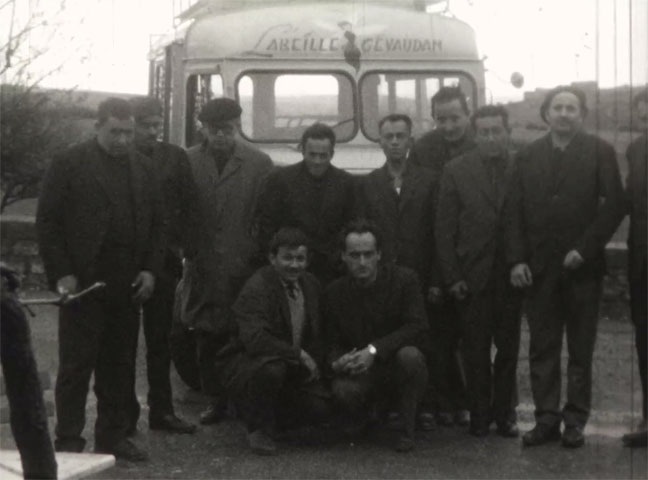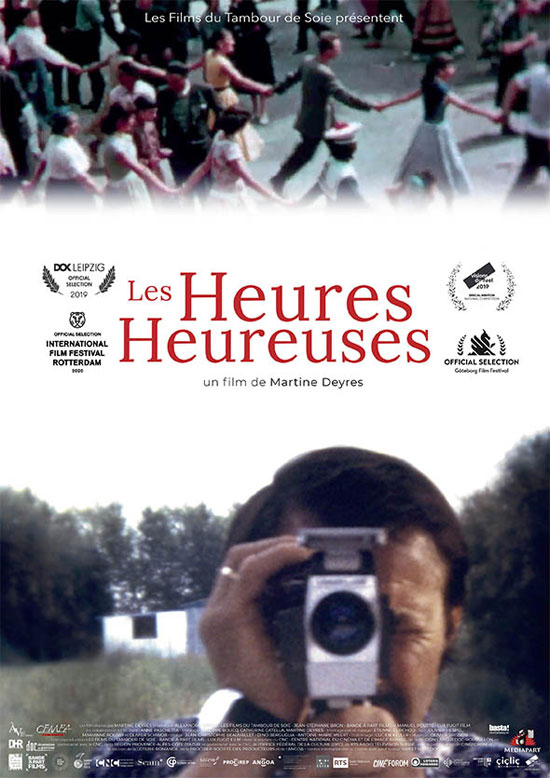Les Heures heureuses
-
Réalisé par Martine Deyres • Écrit par Martine Deyres
-
France, Suisse, Belgique • 2019 • 77 minutes • 35 mm & HD • Couleur et Noir & Blanc
- Réalisation :
Martine Deyres - Écriture :
Martine Deyres - Image :
Jean-Christophe Beauvallet, Jean-Christophe Gaudry, Étienne Curchod, Dino Beruglia, Antoine-Marie Meert - Son :
Olivier Hespel, Marianne Roussy-Moreau, Olivier Schwob - Montage :
Philippe Boucq, Catherine Catella, Martine Deyres - Musique originale :
Olivier Brisson, Nicola Marinoni
- Production (personne) :
Alexandre Cornu - Production (structure) :
Les Films du Tambour de Soie - Coproduction :
Bande à Part Films, Lux Fugit Films - Diffuseur :
RTS - Radio Télévision Suisse - Participation :
Angoa-Agicoa, Scam - Brouillon d'un rêve, La Culture avec la Copie Privée, Sacem, Loterie Romande, Tax Shelter du Gouvernement Fédéral de Belgique, Angoa-Agicoa, CNC, Région Provence-Alpes-Côte d'Azur, Région Languedoc-Roussillon, Région Centre-Val-de-Loire, Cinéforom - , Procirep, OFC - Office Fédéral de la Culture suisse - Ayant droit :
Les Films du Tambour de Soie
- N° ISAN :
ISAN 0000-0002-C608-0000-W-0000-0000-F
Résumé
Entre 1939 et 1945, plus de 40 000 internés sont morts de faim dans les hôpitaux psychiatriques français. Un seul lieu échappe à cette hécatombe, l'asile d'un village isolé du centre de la France : Saint-Alban-sur-Limagnole. Que s'est-il passé, ici et nulle part ailleurs, qui ait fait exception ? La réponse se trouve peut-être dans ces quelques heures de films amateurs que j'ai par hasard retrouvés et qui, surgissant du passé, viennent témoigner des milles et unes inventions quotidiennes d'un lieu de résistances.
"45,000 patients died in French psychiatric hospitals between 1939 and 1945. A single site escaped this carnage: the asylum in Saint-Alban, an isolated village in Lozère. What happened there for it to be an exception? Retracing several decades in the history of this important site of psychiatry, using precious archival films and the accounts of those who worked there, Martine Deyres answers this question and, in doing so, shows how the political courage and poetic audacity that were practised there contributed to changing medicine and society’s perception on madness. Intersecting in the crucible of this movement called “institutional psychotherapy” were members of the Resistance, artists, doctors and philosophers—including Paul Eluard, Tristan Tzara and Georges Canguilhem. Alongside doctors, nurses, inhabitants and the patients, all were part of a human adventure whose unveiling is not a gesture of nostalgia, but rather a necessary and urgent appeal to demonstrate the same courage and the same inventiveness in today’s struggles."
(Vision du Réel - Céline Guénot)
Mot(s)-clé(s) thématique(s)
À propos du film
Sélections et distinctions
- 2021 • DOC-Cévennes - Festival International du Documentaire en Cévennes • Lasalle (France) • Sélection
- 2021 • Festival Psymages - Rencontres Images Mentales • Bruxelles (Belgique) • Sélection
- 2020 • IFFR - International Film Festival Rotterdam • Rotterdam (Pays-Bas) • Sélection Deep Focus
- 2020 • Cinemed - Festival International du Cinéma Méditérranéen de Montpellier • Montpellier (France) • Sélection "Regards d'Occitanie"
- 2020 • Images en bibliothèques • Paris (France) • Film soutenu par la Commission nationale de sélection des médiathèques
- 2020 • Göteborg Film Festival • Göteborg (Suède) • Sélection
- 2020 • Solothurner Filmtage - Journées du Soleure • Solothurner (Suisse) • Section Pan Doc
- 2019 • Traces de Vies • Clermont-Ferrand (France) • Mention spéciale regard social
- 2019 • Visions du Réel • Nyon (Suisse) • Mention spéciale - Compétition Nationale
- 2019 • DOK Leipzig - International Leipzig Festival for Documentary and Animated Film • Leipzig (Allemagne) • Sélection
Comment avoir accès au film ?
- Sortie en salle
-
Édition DVD
- Il n'existe pas d'édition DVD à notre connaissance
-
Accès VOD
- Il n'existe pas d'accès en VOD à notre connaissance
- Diffusion non commerciale / Consultation

